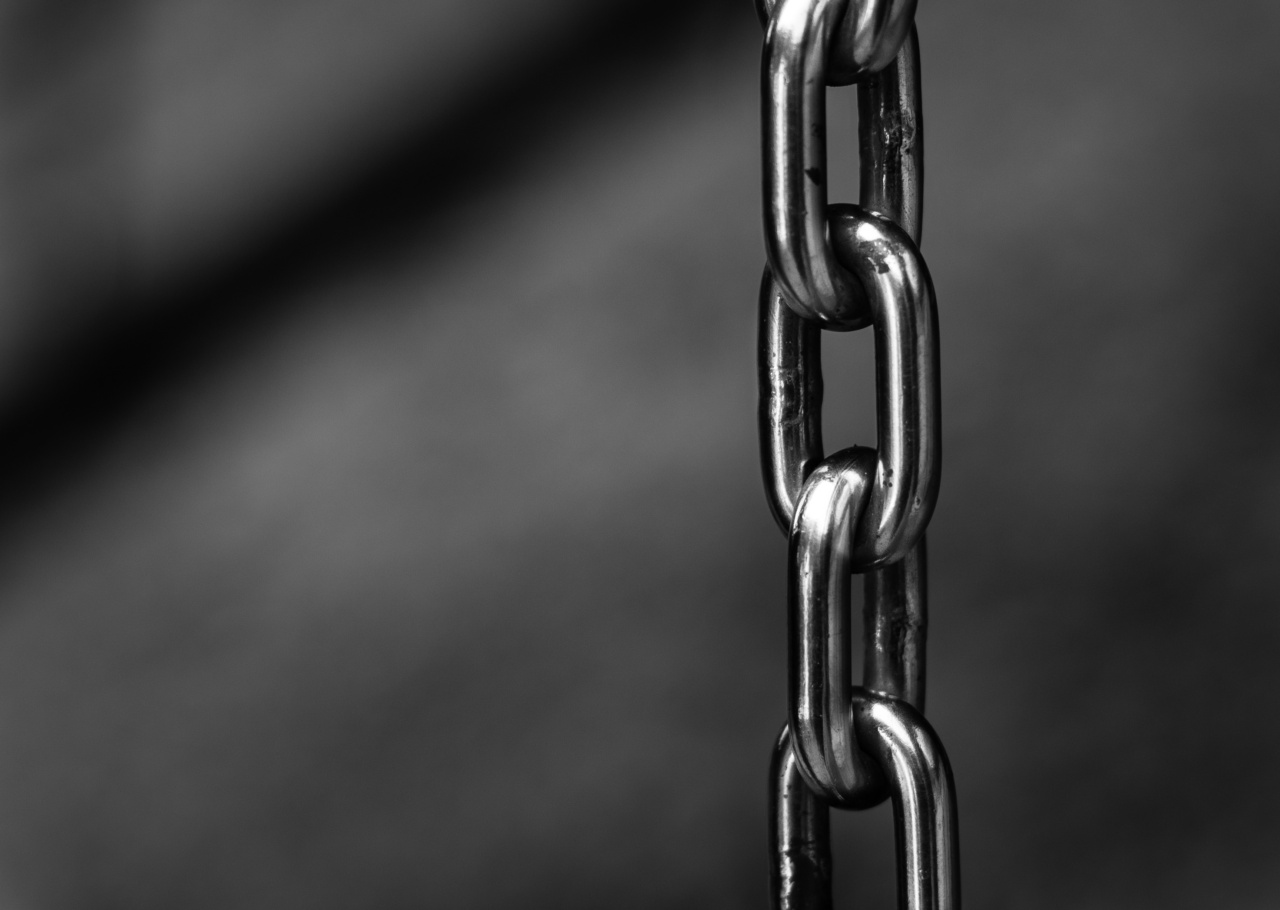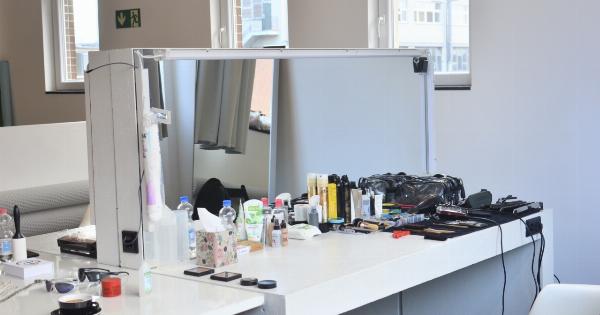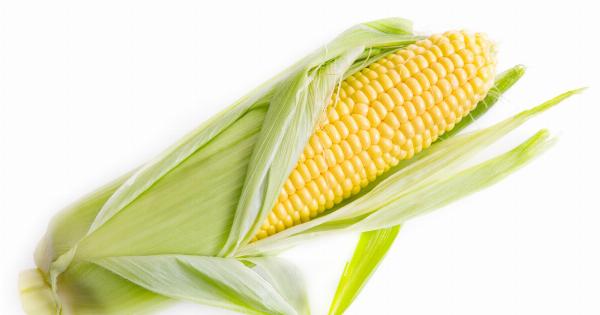The condition of our hair is an excellent indicator of our overall health. Hair growth and health are directly related to the nutrients that we consume daily.
Nutritional deficiencies can leave the hair looking dull, thin, and brittle, while adequate nutrients can promote healthy hair growth. The hair follicle is one area that can tell us a lot about our health status. Our iron levels are closely related to our hair follicles.
If there is a deficiency in iron levels, then it can negatively affect the health and condition of our hair follicles leading to hair loss and thinning hair.
The Hair Follicle and Hair Growth
The hair follicle is a sac located in the skin that produces hair. It is essential in controlling hair growth and regeneration. The hair follicle is also responsible for maintaining the appropriate thickness and strength of hair.
If the hair follicle becomes damaged, it can cause hair loss, thinning or breakage. Hair follicles go through three stages of growth, the anagen phase, the catagen phase, and the telogen phase. During the anagen phase, hair grows actively, and follicles are rooted deep into the scalp.
The catagen phase moves the hair from the anagen phase to the resting phase, the telogen phase. During this phase, the hair follicle rests, and the hair falls out. This process restarts, and new hair begins to grow. A healthy hair follicle goes through this process continuously, ensuring the proper growth and regeneration of hair.
The Importance of Iron for Hair Growth
The body needs adequate levels of iron to promote hair growth and prevent hair loss. Iron is a crucial component in the production of hemoglobin, a protein that carries oxygen to the body’s tissues.
Hemoglobin is the key molecule in our blood that carries oxygen from the lungs to the rest of the body. Without enough iron, the body cannot produce healthy red blood cells, and oxygen delivery is affected. When the body is iron deficient, less oxygen is supplied to the hair follicles, causing them to weaken and become thin, leading to hair loss.
Iron deficiency also leads to the depletion of ferritin, a protein that stores iron in the body. Since ferritin is the protein responsible for storing iron in the hair follicles, a deficiency in ferritin results in reduced hair growth and thinning hair.
The Link Between Hair Holes and Iron Levels
One of the most prominent indicators of hair health is the presence of hair holes. Hair holes are the tiny pores on the scalp that the hair follicle produces hair through.
The presence of hair holes shows that the hair follicles are active, producing hair and restoring the hair growth cycle. When hair holes are missing or damaged, it is a sign of hair follicles that are not active and are unable to produce hair correctly. Iron deficiency can significantly impact the health of hair follicles, leading to a decrease in hair holes.
With the reduced number of hair holes, hair growth becomes thin and weak. Inadequate levels of iron have also been linked to premature greying, as the process of hair greying can be linked to weak hair follicles caused by low iron levels.
Symptoms of Iron Deficiency
Iron deficiency can be detected by a medical test and treated by increasing iron intake. The following are symptoms of iron deficiency:.
- Fatigue
- Shortness of breath
- Headaches
- Dizziness
- Heart palpitations
- Pale skin
- Fragile nails
- Brittle hair
- Thinning hair
- Hair holes are missing or damaged
- Hair loss
- Premature greying
Ways to Increase Iron Levels
There are several ways to increase iron levels to promote hair growth, reduce hair loss, and improve hair health. These methods include:.
- Iron-rich foods: Such as meat, fish, and poultry are excellent sources of iron.
- Iron supplements: Oral iron supplements are available over the counter and can be taken to increase iron levels If necessary. It is best to consult a doctor before taking supplements.
- Increase vitamin C intake: Vitamin C is vital for the absorption of iron. Increase the intake of vitamin C-rich foods such as citrus fruits, bell peppers, and green leafy vegetables can increase iron levels.
Conclusion
Iron is essential for hair growth and health. A deficiency in iron can lead to hair loss, thinning hair, and weak hair follicles.
Hair holes are an excellent indicator of hair follicle health, and their presence is necessary for hair growth and regeneration. Iron deficiency affects the growth cycle of hair by reducing the number of hair holes and causing hair to become thin and weak. It is important to detect iron deficiency early and treat it to promote healthy hair growth.
Increased iron intake through food sources or supplements, along with vitamin C intake, can improve iron levels and improve hair health, preventing further hair loss and thinning.




























